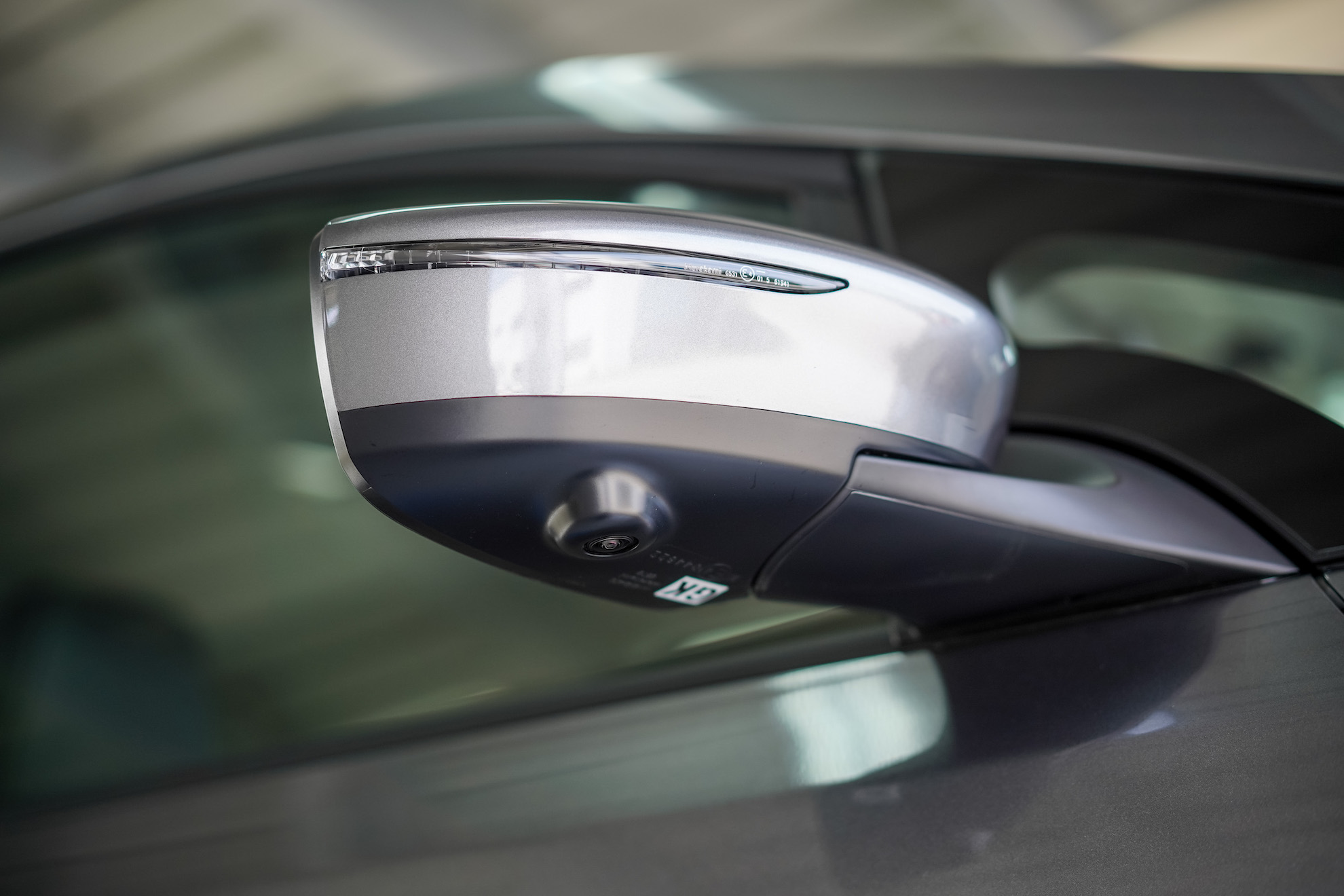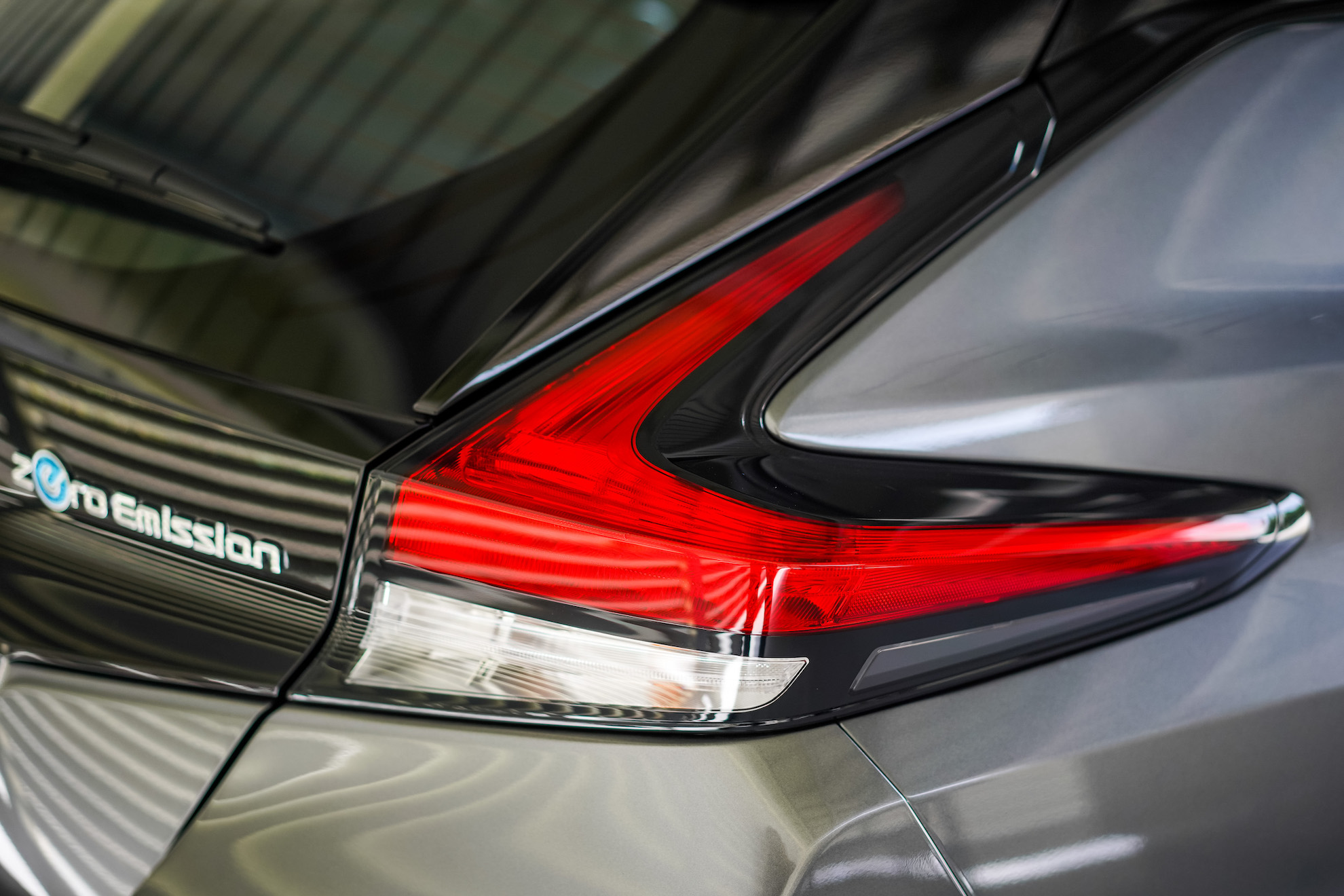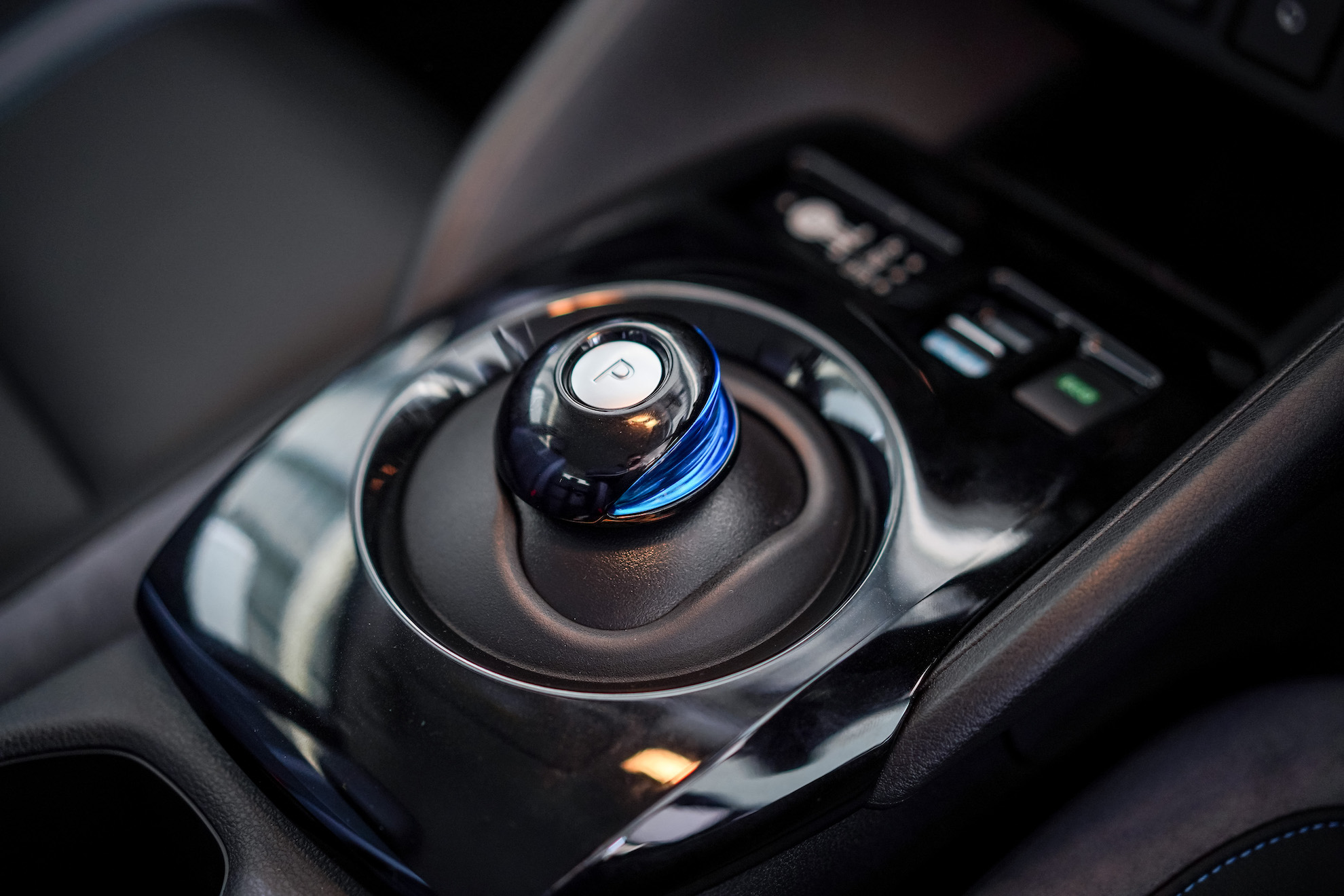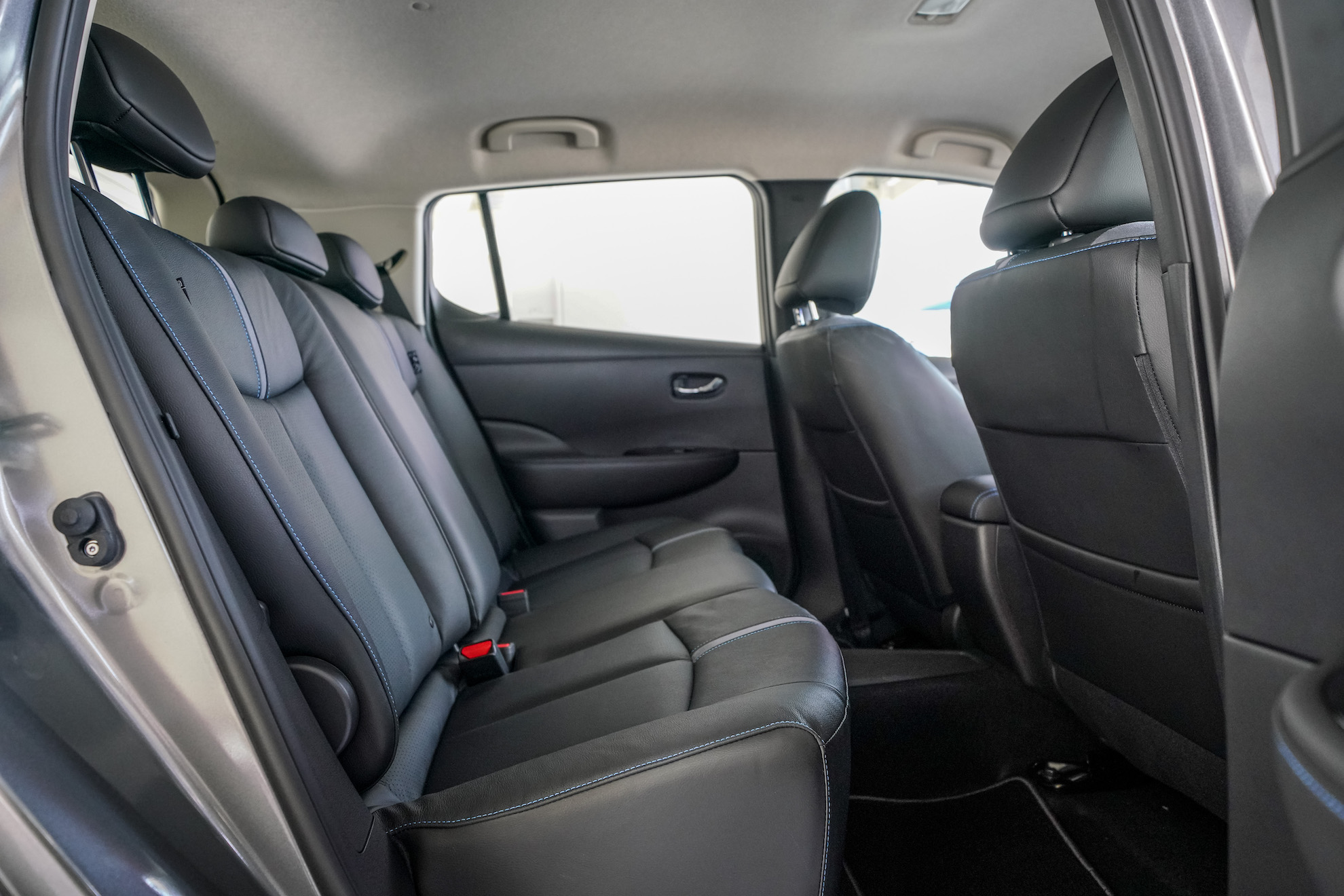Nissan proposes a new way to drive the company's latest pure electric vehicle, the Nissan Leaf, by using only one pedal. This is a big deal because we have always used one pedal for moving and the other for stopping; something we're taught to do. Yet, Nissan wants us to only use the e-Pedal for acceleration and braking.
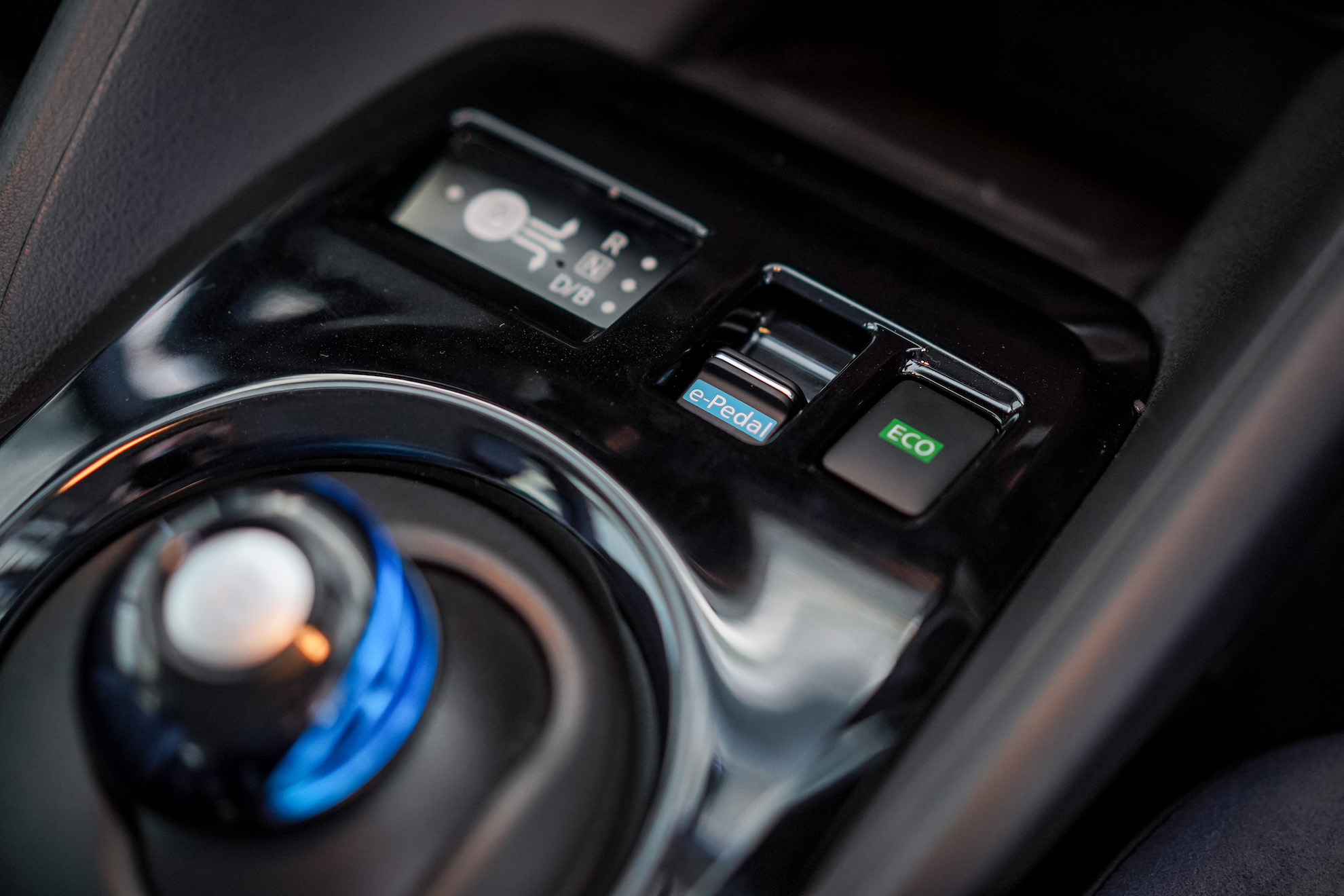
By flicking the e-Pedal switch, you accelerate and decelerate using the car's right-most pedal. In essence, the accelerator becomes and on-off switch that sends or cuts off the electricity. So, press the accelerator to make the Leaf move, lift off the same pedal to slow the Leaf down. It will also hold itself on hills.
This is done in the name of efficiency. You see, there are many drivers out there who simply don't understand that driving smoothly is more efficient than gunning the engine hard and then braking even harder. Do that and watch your fuel gauge nosedive to E.
Of course, Nissan isn't going to leave you without an exit strategy. The brake pedal remains very much in play but only when need to come to a stop very quickly.
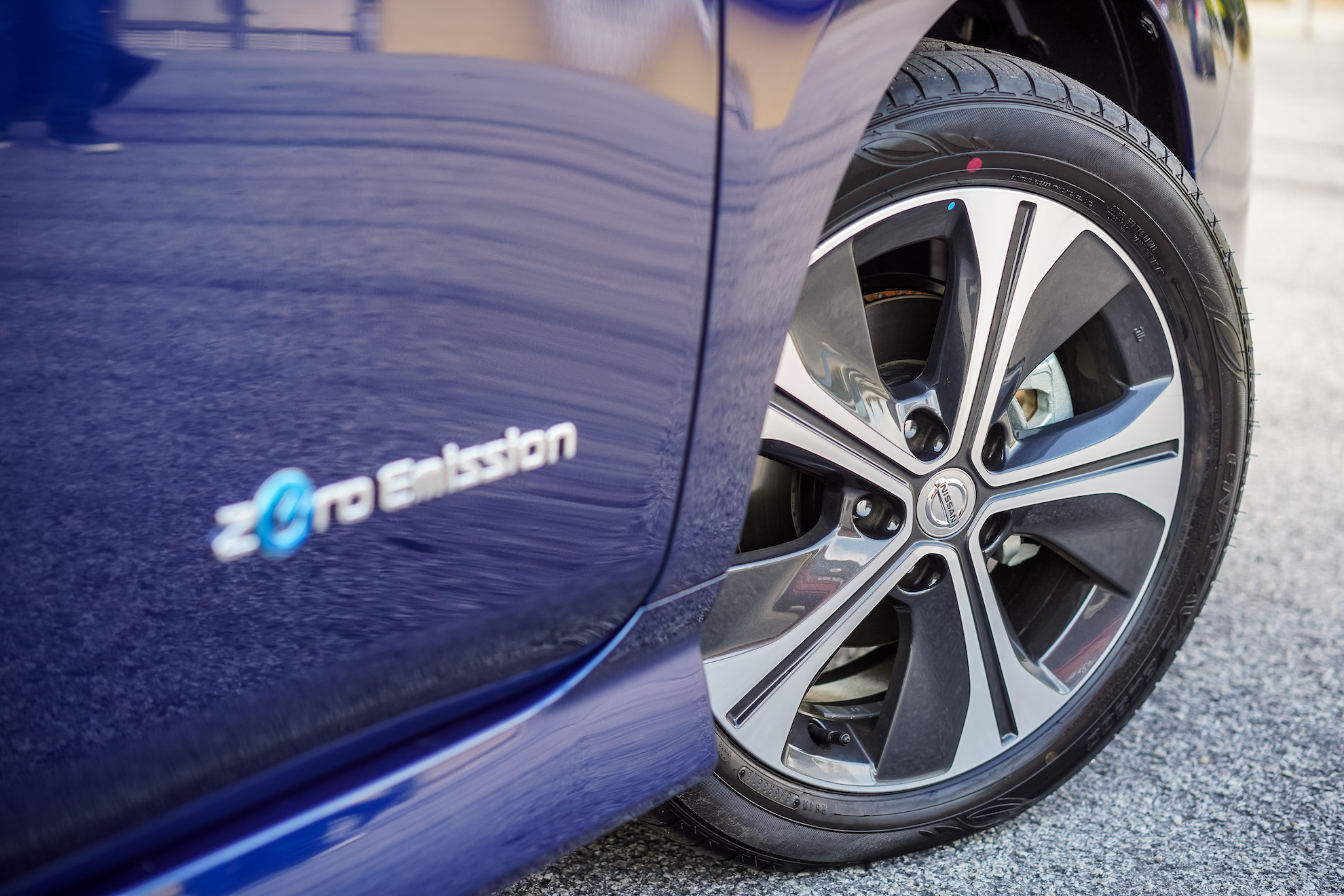
It didn't take long for me to get used to the Leaf's e-Pedal, quicker than I expected. The first few stop-go are, to be honest, nerve-wracking. It requires plenty of bravery and faith that the Leaf will come to a stop.
The key to getting the hang of the e-Pedal is by successfully judging how fast the Leaf will take to slow down from speed. In essence, slowing down by easing off the e-Pedal feels similar to applying gentle pressure on the brakes. A complete lift off the pedal will bring the car to a stop quickly but not immediately.

Putting motion to the Leaf is a 110 kW AC Synchronous Electric Motor that produces 110kW (148hp) and 350Nm. Slam on the accelerator and the Leaf will — very quietly and gently — out-accelerate the 370Z, at least for the first 30 metres or so. Acceleration is as strong as it is smooth, but not like the Porsche Taycan Turbo even when you put the pedal to the floor.

Just as important as acceleration is its deceleration because that is when the battery gets juiced up, recover kilometres to add to the range. The Leaf's 40kWh battery is measured to have a range of 311km (based on New European Driving Cycle), which more than doubles the first generation EV. Any increase in range only means a reduction in range anxiety.
Although the 311-km range suggests it could reach Ipoh from Subang Jaya comfortably, you might not be able to make the return journey on the same day. A typical charger, the ones that you can find in malls, petrol stations and selected Nissan showrooms, will take you about 8 hours from a near-empty battery to full.
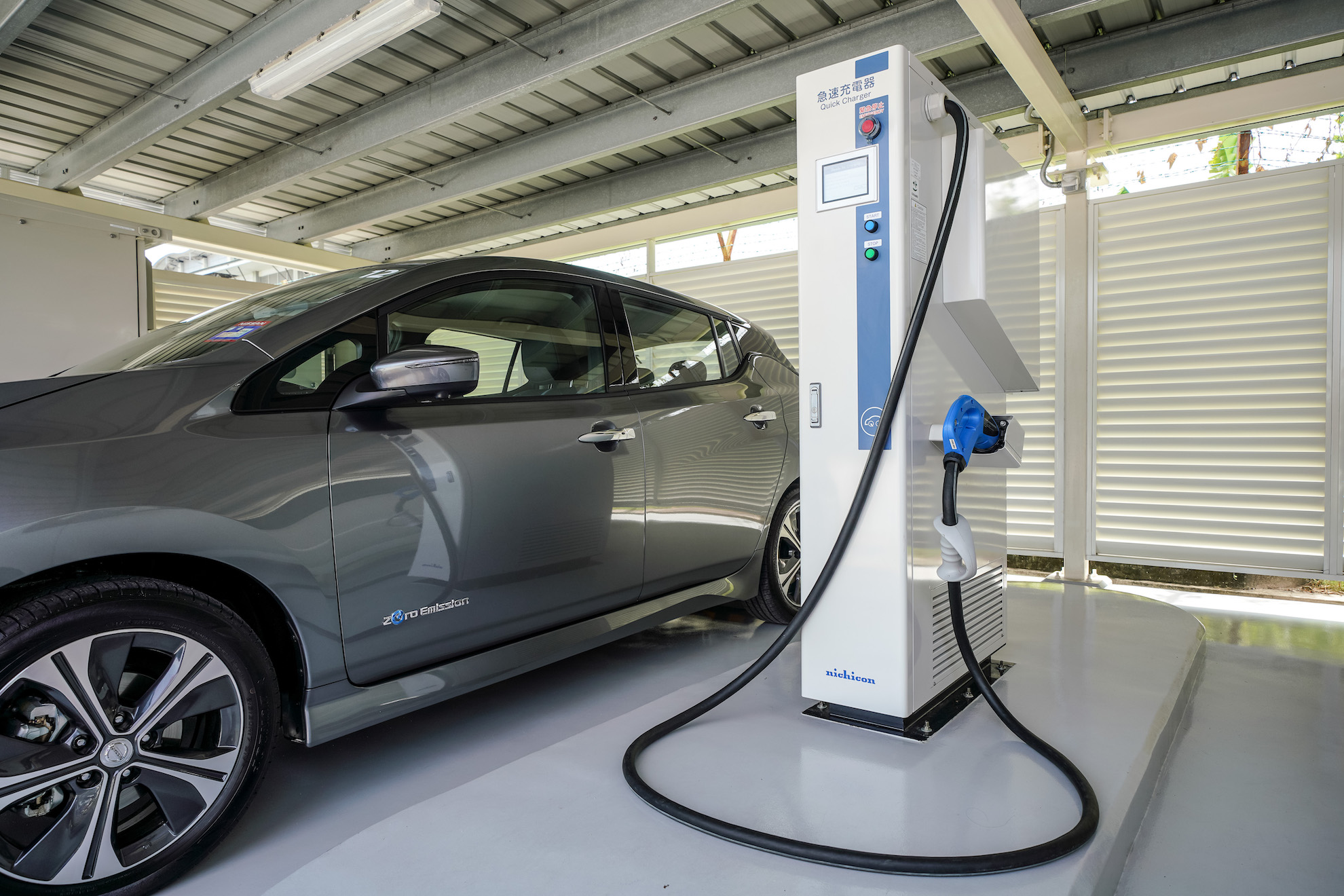
There are the faster CHADeMo chargers that will only take you 1 hour to get it to 100 per cent, or 15 minutes to extract about 78km of range. Sadly, there are only four such chargers in the Peninsula, and they are not popping up quick enough.
For least for the foreseeable future, it is best to blow the Leaf around the city. The ride is adequately comfortable and a pleasure to drive around town. The suspension does a swell job in dampening the road. It has reasonable body control and making the car go around corners feels like any other car in its segment. There's no reason why the Leaf should feel otherwise despite it being an EV.
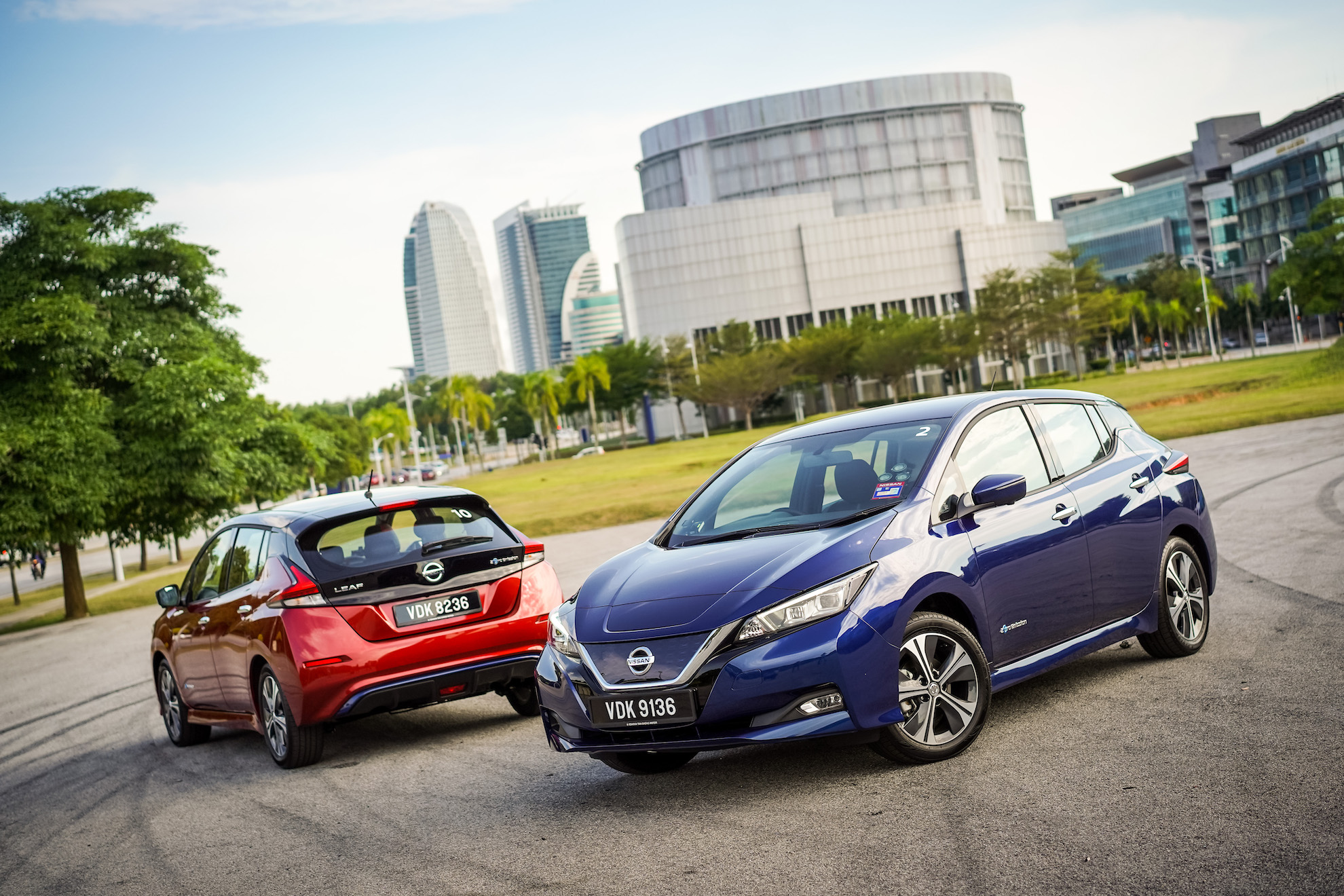
The Leaf is a good-looking car to be seen in. Even though it lacks the first generation's distinctive design, this new Leaf has more panache.
This new one, the second-generation Leaf, wears the company's new face and at the same time taking on more angles than curves. There's a reason for that, the new design does help with the aerodynamics, dropping the Leaf's coefficient of drag from 0.29 to 0.28. And as we know, every little bit counts when it comes to an EV.
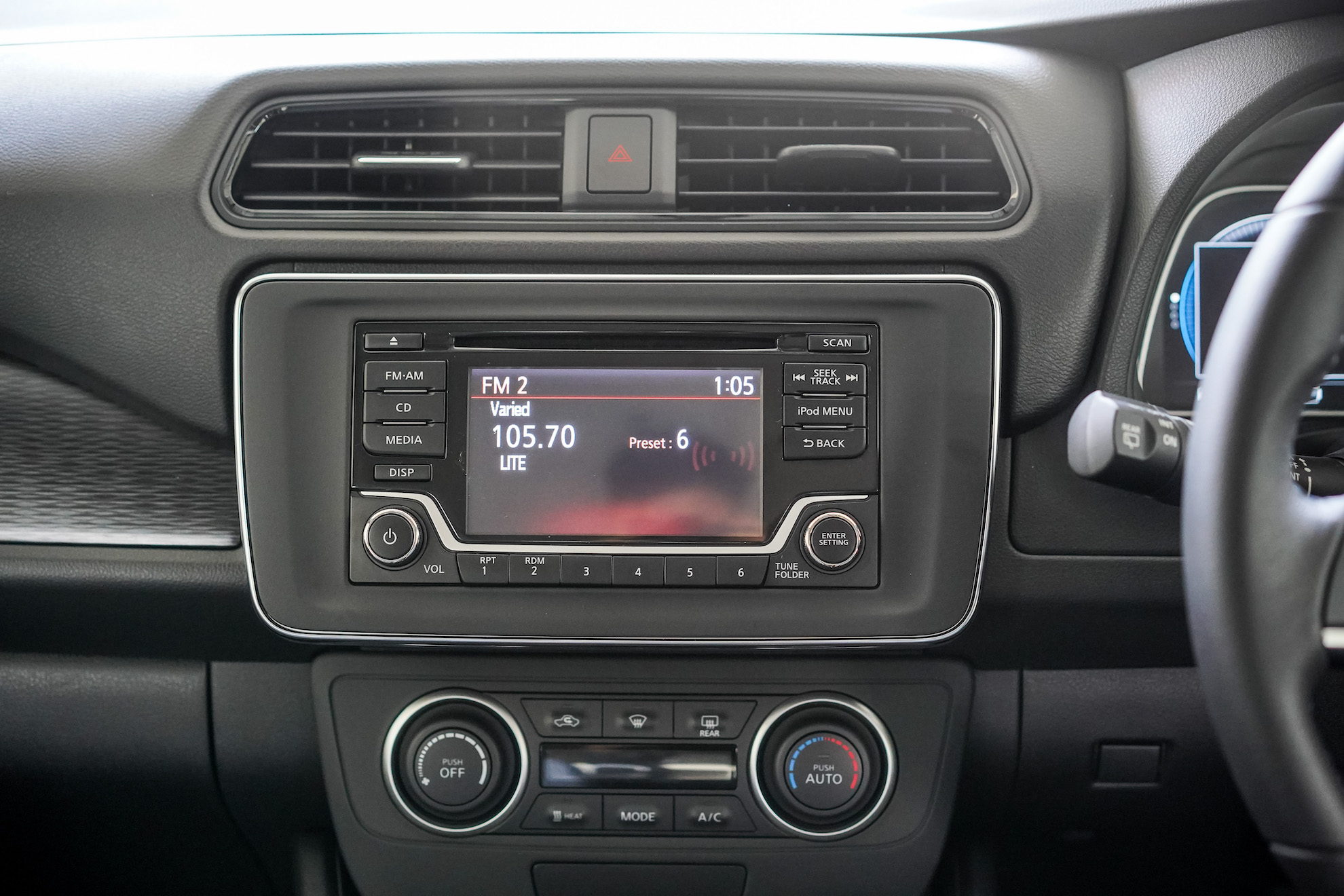
The interior is rather simple and functional. And it has all the trappings of modern mobility such as connectivity, multifunction displays and USB ports. Feels comfortably spacious, too, with ample head and legroom in the rear.
The defining feature here is the seven-inch instrument cluster display that sits in front of the steering wheel. The right-side speedometer may be fixed, but the rest of the screen displays essential information like battery charge, battery capacity and energy economy.

If there's one thing that will make you think twice on signing the dotted line is the Leaf's price. At RM188,888, it would seem that electric mobility is still beyond the reach of the masses. Even the RM3,500 per month subscription fee for three years won't make converts out of the average wage earner.
But if you're ready to embrace an EV, then there's no better car to do it here than the Nissan Leaf.
Specification: Nissan Leaf
Motor 110kW AC Synchronous Electric Motor | Battery Laminated Lithium-Ion 40kWh, | Transmission Single-speed reduction, front-wheel drive | Power & Torque 110kW (148hp) / 320Nm | Range 311km (NEDC test mode) | Charging Time 7 hours with AC, 66kW / 1 hour with DC, 50kW | Price RM188,888 on-the-road without insurance
